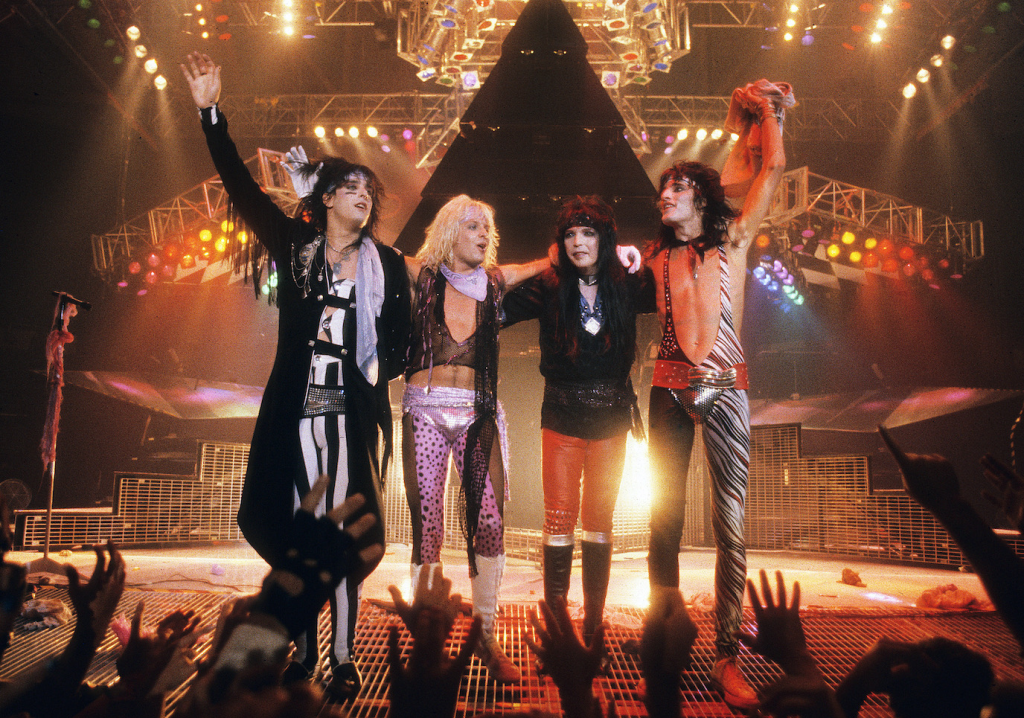
Intro
When Motley Crue released Theatre of Pain on June 21, 1985, critics were harsh and even the band later dismissed it as one of their weaker albums. But tucked into the tracklist was a song that would change the way MTV handled music videos: “Home Sweet Home.”
The band believed in it, their label hated it, and fans wouldn’t stop calling MTV to request it. The result? A brand-new rule written just to slow down the song’s dominance.
The Label Didn’t Believe in It
Elektra Records initially refused to release “Home Sweet Home” as a single. At the time, the industry wasn’t convinced that power ballads could sell, especially from a band known for sleaze-soaked rock anthems.
Motley Crue fought back. They scraped together $150,000 of their own money to fund the music video, a gamble that would pay off far more than their label ever expected.
MTV Fans Made It a Hit
When MTV added “Home Sweet Home” to its rotation, fans lit up the request line. For over three months, it was the most-requested video on the channel.
Even though it only peaked at No. 89 on the Billboard Hot 100 in 1985, the song became one of the band’s signature tracks and a staple of every live setlist. MTV airplay mattered more than the charts, and this song proved it.
The “Crue Rule”
MTV had a problem: “Home Sweet Home” was too popular. The network eventually created an internal policy, nicknamed the “Crue Rule” to limit how long a video could remain eligible for the daily request list.
This was the first time a band’s popularity forced MTV to change its rules. From then on, no single video could dominate indefinitely, no matter how many fans called in.
Legacy of “Home Sweet Home”
The song has endured as one of Motley Crue’s defining tracks. It’s been re-released multiple times, covered by artists from country to pop, and continues to appear in film and TV.
Most importantly, it’s remembered as the ballad that MTV fans loved so much, the network had to write a rule to stop it.
Closing
Nearly 40 years later, “Home Sweet Home” is more than just another ’80s power ballad. It’s a case study in fan power, label missteps, and the early days of MTV’s influence.
For a song that almost never saw the light of day, its impact has been impossible to ignore.
Leave a Reply